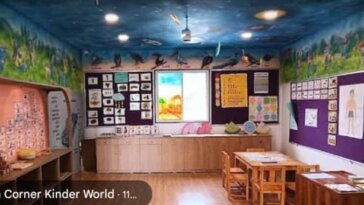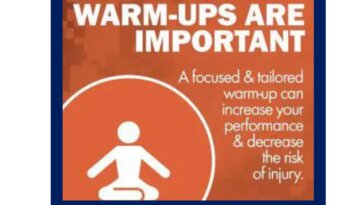Classroom observations are a regular part of teaching. They show what really happens in the classroom. As teachers, our main job is to help students understand what we are teaching. Most teachers do their best to get every student on the right track.
We go through different kinds of training—like classroom management, active learning, scaffolding, and differentiation—to improve our teaching. These trainings help us prepare for many situations in the classroom. But sometimes, even with all this knowledge, it’s hard to use these techniques in real class settings.
One big reason is the kind of students we have. Around the world, many teachers face the same problem: if a class has 8 or 9 students who are already struggling, how can the teacher help all of them understand topics that are hard for them? It’s not easy to keep the lesson flowing and also support each student at their level.
So, what can we do? One solution is to make things simpler. Break the topic into smaller parts. Use real-life examples, pictures, or group activities. Let stronger students help others. Go at a pace that the class can follow. These small steps can help the lesson run more smoothly.
In the end, we may not be able to take everyone along all the time, but we can try to leave as few behind as possible. With patience, planning, and a kind heart, we can make learning better for all.









